How to create a professional website.
Learn how small business owners can design and optimize effective, beautiful websites.
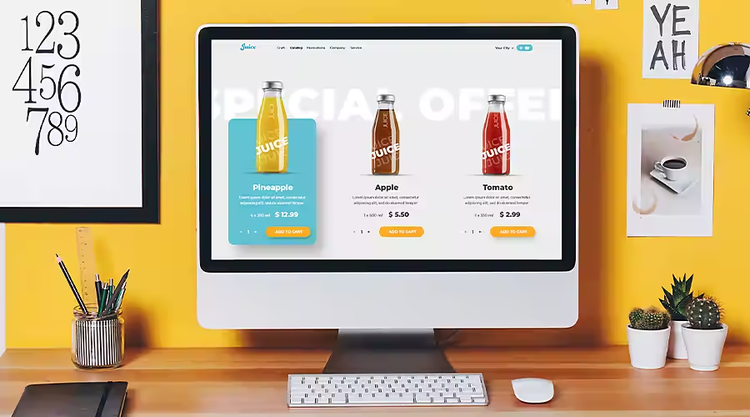
Why your business needs a website.
No matter what you do, from owning a shop on Main Street to offering in-person hairstyling or digital marketing services, your small business needs a website. Customers today investigate all of their buying options on search engines like Google. As many as 87% of consumers start their process online. That’s not just e-commerce. It also includes customers who prefer to shop at physical locations but who use online tools to inform their brick-and-mortar purchases. If your business isn’t visible during their search, you might not ever be found.
There are two major categories of business websites. Presentational sites inform your audience about who you are and e-commerce platforms allow you to do business on the web.
Presentational small business websites.
A presentational website shows the world what your business is and what you do. From a compelling home page to an easy-to-use search function, your site should inform your customers about the product or services you offer, provide some background on your company, and include basic information like an FAQ and ways to get in touch via a contact page. If applicable, include a customer support section that helps your users solve problems or find someone who can help them do so.
Your contact form can be a valuable tool to gather customer information and to sign up people for an email list. When customers reach out to you, be sure to capture their information and integrate it into your overall marketing strategy.
Even if your website doesn’t have an e-commerce element to it, the main goal should still be to drive business your way. Customers need to have something that motivates them to take action. Make your offer clear with a call-to-action. Include testimonials or reviews from happy customers. Everything should be geared toward one simple goal: make it easier for the customer to use your business. Ease of use means ease of conversion.
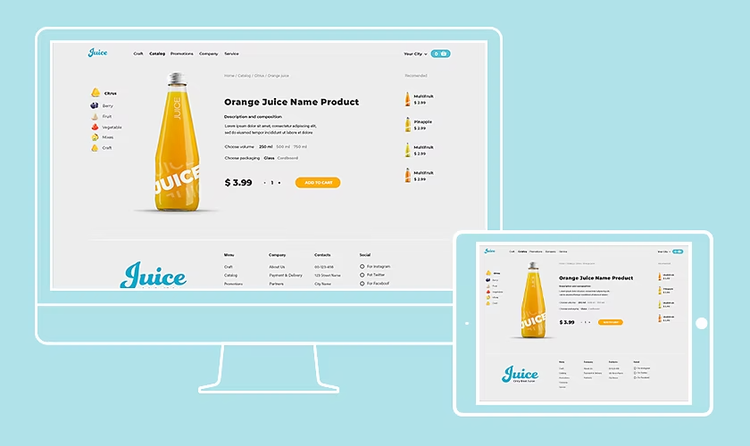
E-commerce options for business websites.
E-commerce sites have everything that presentational sites do, but with the addition of an online store that allows you to sell your product on your site. Building and managing an e-commerce store can be a major boost for a small business. Loyal customers could live anywhere, and an online store can grow your business beyond a single city.
E-commerce stores also affect in-person customers. Your site isn’t just a tool to reach customers far and wide: It should also be of use to the customer right in front of you. Customers search e-commerce stores while in a physical location to look for promotions, check inventory, or leave reviews.
Design and user experience.
Design can be one of the most daunting parts of creating a website. But you don’t have to be a professional web designer or need to know how to code to make a site. Applications like Adobe Express are built for people without a design or coding background who need to create a functional website quickly and easily with drag-and-drop elements. Another potential option is an app like Adobe XD, which enables you to design in apps like Adobe Photoshop and use those elements to create user interfaces (UIs), e-commerce stores, and other online customer experiences.
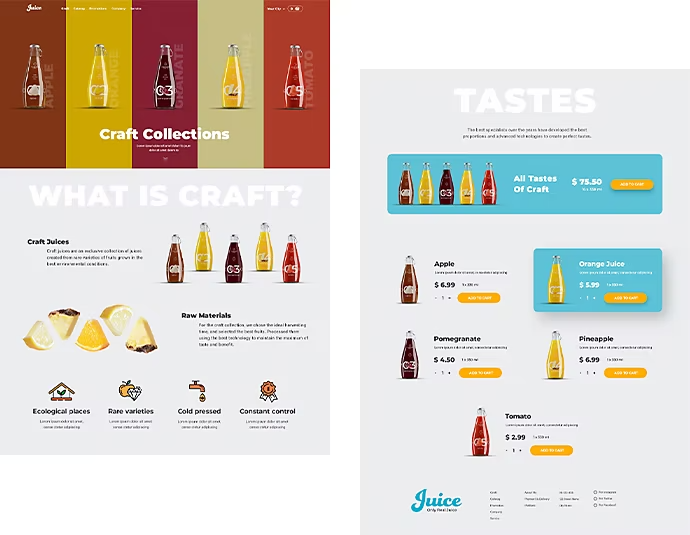
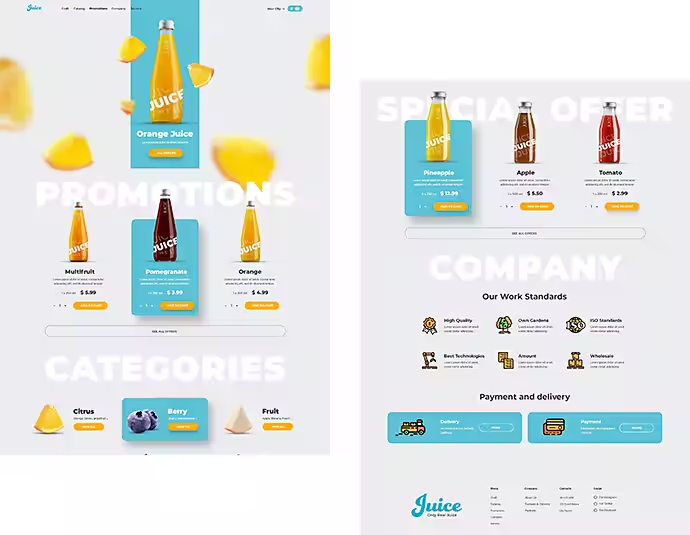
Your brand identity will inform how you design your website, but customer usability should drive your overall design philosophy. With more people searching the web on mobile than ever, designing a UI with a mobile-first approach will serve you well. When you imagine someone using your site, imagine them on their phone encountering your top-level pages for the first time. Make things intuitive and easy for that user.
Integrated e-commerce
Bloombox is a Ukrainian gift store specializing in floral products. Their site isn’t just a branded front that links out to a generic e-commerce site. Their e-commerce elements are integrated with the site as a whole, ensuring that the customer has a well-designed, branded experience during their entire time on the site.
Informative branding
Check the Label informs consumers about sustainability and lifestyle products. Their site presents information in an efficient, on-brand manner that engages the user and encourages them to go deeper into the site, reading articles and exploring content. Check the Label’s site makes it clear what they have to offer and why it’s of value, and it entices the user to delve into it more.
Creating a memorable site.
Start with research and wireframes.
Do research to understand who your target audience is. Then imagine how your audience will use your site. Use this knowledge to craft wireframes — simplified mockups of each menu and page of your website. This will serve as a roadmap for how your site will function. And without the distraction of fully designed elements, you’ll be able to spot issues in the functionality of the site before you get too far.
After your wireframes are complete, move onto fleshed-out mockups complete with design elements. You can build these in Adobe XD and Photoshop. Give special attention to your landing page or homepage as you design. This is where you make your first impression.

Keep branding consistent.
Every element of your design should be in line with your brand strategy or brand kit. Use unified colors, typography, and imagery that maintains your brand’s identity. Introducing out-of-place colors or imagery can confuse the user. The goal is for them to immediately recognize that this site belongs to your company.
Registering a domain name.
Your domain name, like your business name, should be memorable and reflect your brand identity. Ease of use matters with a domain name. If possible, use your business name as the domain name so customers only have to remember who you are, not who you are and what your website is. Avoid using integers, as customers might be confused if “eight” means the numeral 8 or the word eight when spoken, and avoid hyphens and dashes. Dashes in domain names don’t hurt your search engine rankings, but they do make it harder for real people to remember your URL.
The letters at the end of a domain name (such as .com, .net, and .edu) are known as a TLD, or top level domain. They tell your users what kind of business you have or where you are in the world. Most commercial websites in the U.S. use .com, but other TLDs like .net or .biz are also available. If you’re in the U.S., your domain name should be followed by .com, as that’s what many potential customers will assume as a default. Most domain names in the U.S. are .com sites, so do your best to align with customer expectations.
It’s also possible to buy up several domain names and reroute them to your website. If there are domain names similar to yours that no one is using, you can buy them up and have users who type in one redirected to your site.
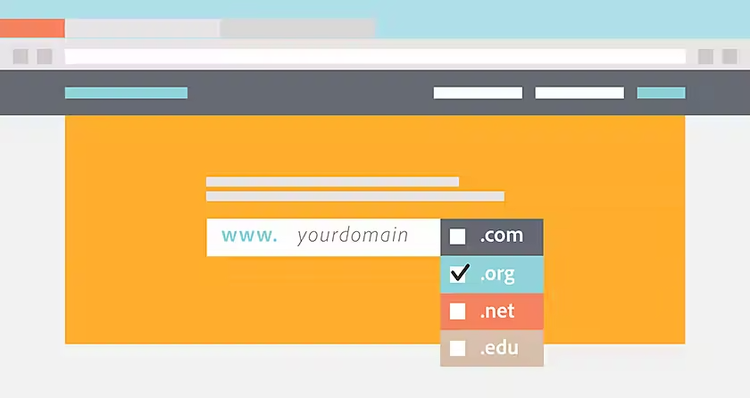
Make your website discoverable with SEO.
Ensure your site can be found by your customers by making it readable by Google and other search engines. Search engine optimization (SEO) is the process of including certain keywords on your website or in your content that gets a search engine’s attention.
SEO copy has a reputation for sounding robotic, but you can authentically and naturally use keywords in headlines, in the first paragraph of articles, or in link text to work optimized words into your site — all good best practices for SEO. Images and video should include captions and alt text to improve your site’s results for image-based searches, as well. You can make high-quality images and videos stand out with apps like Adobe Photoshop and Premiere Rush, available through the Adobe {{creative-cloud-pro}} plan.
One of the best ways to do effective SEO is to provide genuinely informative content that your customers will trust. Find out what common questions your customers might have, and answer them to the best of your abilities.
Keep content fresh with a blog.
Content elements like blogging can improve SEO. If your potential customers are searching for something specific, write a blog about that topic. Be consistent if you decide to blog. Create a content strategy about when and what to post. A content management system is essential for any blogger, and web hosting platforms like WordPress often include plug-ins to help you incorporate SEO keywords into your work.
Search engines prioritize new content over old content, so blogging is never a “set it and forget it” solution. Keep at it. How often you decide to blog is up to you. It will depend on the industry your company is in and how much time and help you have. Try posting a blog post every other week to start, and then move onto weekly or multiple times per week if you feel comfortable. Avoiding burnout is crucial. If you wear yourself out by posting too often, you’ll end up releasing blog posts that aren’t much help to your readers.
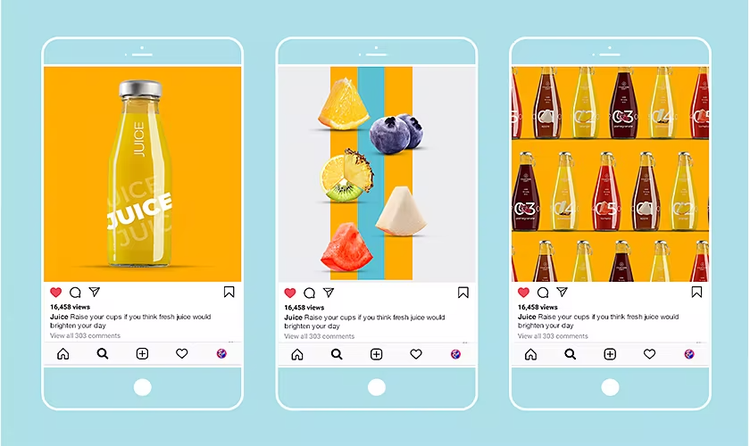
Growing your online presence.
Having your own website is only one part of a larger online marketing strategy. Communicating with customers online should also include social media, a robust email marketing strategy, and making your products available on other e-commerce platforms. A website amplifies, connects, and unifies your presence in all those online spaces.
More topics you might be interested in…
Craft a brand identity that unifies your marketing.
